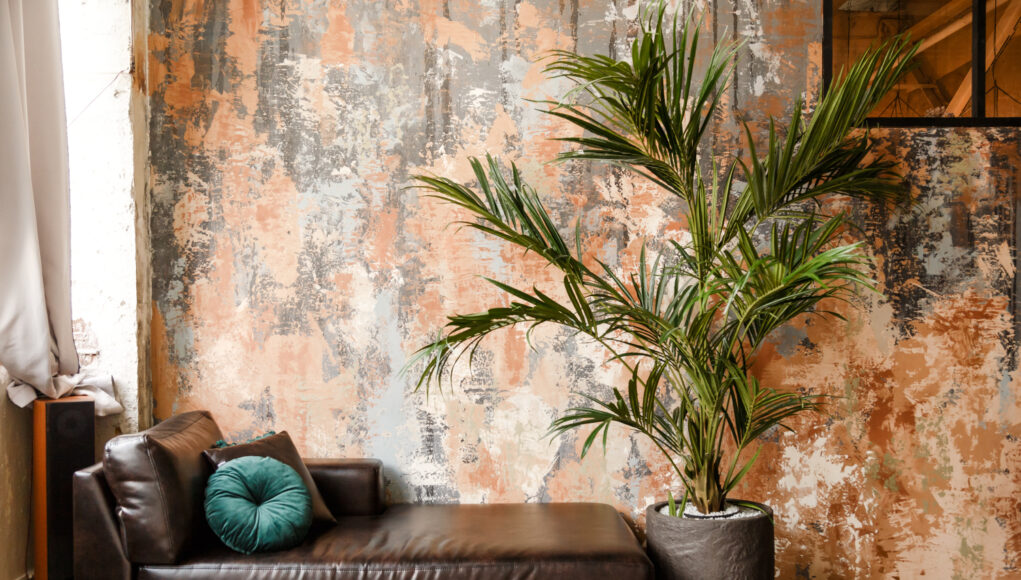Interior design is undergoing a metamorphosis, driven by advancements in material science and a growing appreciation for texture. This shift presents exciting opportunities for design professionals to craft spaces that are not only aesthetically captivating but also functionally superior and environmentally responsible.
Sustainable Solutions
Consumer demand for sustainable practices is undeniable. Fortunately, innovative materials like MycoWorks’ Reishi, a revolutionary new biomaterial made from Mycelium, offer a luxurious, textured aesthetic with a low environmental impact. Bamboo also presents a compelling option, boasting a sleek, modern look and exceptional durability. Integrating these sustainable materials into your designs demonstrates environmental consciousness while maintaining a high-end aesthetic.
A New Frontier of Tech
Innovation extends beyond sustainability. Smart materials, with their ability to react to light and modify texture or color, hold immense potential for creating dynamic and interactive spaces.
- Light-responsive materials: These materials can change color or texture based on the amount of light they receive. Imagine an accent wall that brightens as the sun sets, creating a more dynamic and engaging atmosphere.
- Electrochromic materials: These materials can change color or opacity when an electrical current is applied. This could be used to create accent walls that can be programmed to display different colors or patterns, or even react to the mood or activity in the room.
Both these technologies are still under development, but they have the potential to revolutionize interior design. By incorporating them in small ways, like on accent walls or windows, you can showcase your awareness of cutting-edge advancements and position yourself as a designer at the forefront of the field.
Texture as a Design Principle
Texture is no longer a background element; it’s a design principle in its own right. Introduce three-dimensionality with textured wallpapers that evoke the natural world, mimicking the intricate patterns of stone or the grainy texture of wood. Don’t shy away from bold juxtapositions! Pairing a smooth marble countertop with a rough-hewn wooden dining table creates a captivating interplay of textures that adds depth and visual intrigue to a space.
Cultivate a Material and Texture Library
The key to mastering these innovations lies in experiencing them firsthand. Invest in a curated collection of material and texture samples. Run your hands across them, observe how light interacts with them, and envision how they would translate into your design schemes. This tactile exploration fosters creativity and empowers you to make informed decisions for your projects.
By staying abreast of these advancements and thoughtfully incorporating them into your designs, you can elevate your projects to new heights. Embrace the power of sustainable materials, explore the possibilities of smart technology, and leverage texture as a design tool. The future of interior design is brimming with possibilities, and with a keen eye and a commitment to innovation, you can be at the forefront, crafting spaces that are as functional as they are awe-inspiring.






